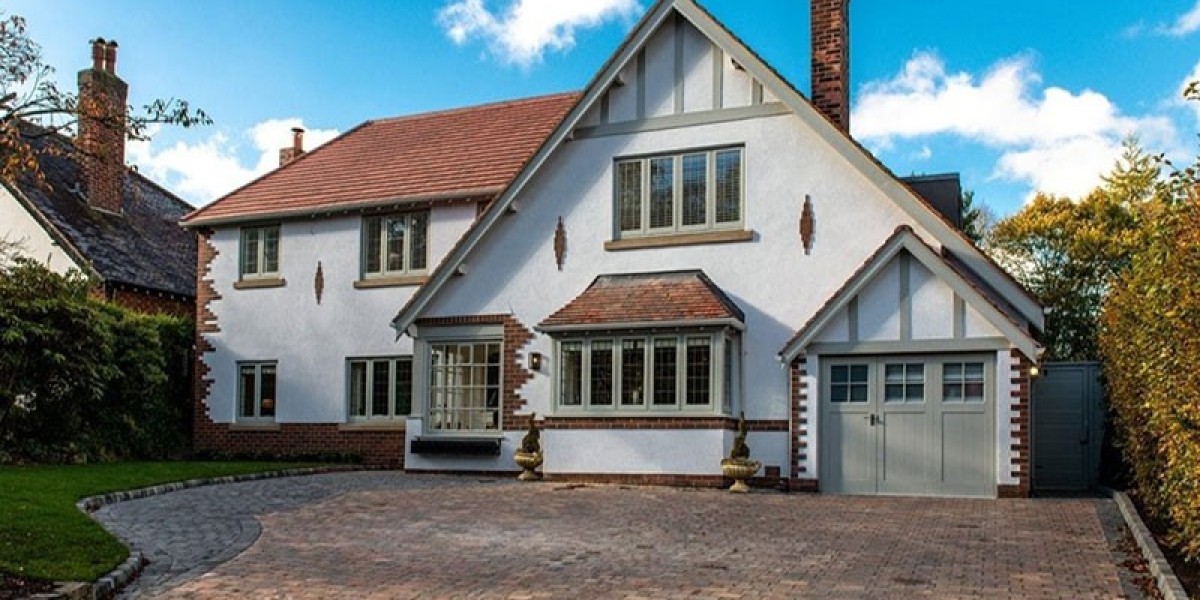A noisy pool pump can turn your backyard oasis into a source of frustration. That grinding, rattling, or squealing sound coming from your pool equipment isn't just annoying—it's often a warning sign that something needs attention. Whether you're dealing with a new pump that seems louder than expected or an older unit that's deteriorated over time, understanding what causes pool pump noise is the first step toward finding the right solution.
In this comprehensive guide, we'll explore the common reasons why pool pumps make noise, dig into the mechanics of bearings and cavitation, and provide you with practical solutions to restore peace and quiet to your pool area.
What Makes a Pool Pump Noisy? Common Causes Explained
A healthy pool pump should operate with a gentle, consistent hum—almost like white noise in the background. When your pump starts making unusual sounds, it's communicating that something is amiss. The issue could be mechanical, hydraulic, or environmental, and identifying the specific type of noise is crucial for determining the cause.
Most noisy pool pump problems fall into a few distinct categories: mechanical bearing issues, cavitation, suction leaks, vibration, and misalignment. Each produces its own characteristic sound and requires different troubleshooting approaches. The good news is that once you understand what's happening inside your pump, you'll be equipped to address the problem effectively—whether that means a simple adjustment, maintenance, or calling in a professional.
The Role of Bearings in Pool Pump Performance
Bearings are the unsung heroes of your pool pump, supporting the motor shaft and allowing it to spin smoothly at high speeds. A typical pool pump contains several bearings—usually located at the motor housing and within the pump head itself. These precision components experience tremendous stress as the pump circulates thousands of gallons of water each day.
Over time, bearings wear out from constant friction and exposure to moisture. When bearings begin to fail, they produce distinctive grinding or squealing noises that become increasingly noticeable. A squealing sound often indicates dry bearings that lack proper lubrication, while grinding suggests metal-on-metal contact from worn races or balls inside the bearing assembly.
If you're experiencing noise issues and need expert help, services like pool cleaning Brighton can diagnose bearing problems and recommend whether repair or replacement is necessary.
The lifespan of pool pump bearings typically ranges from five to ten years, depending on usage patterns and maintenance. Saltwater pools can accelerate bearing degradation due to corrosion, while freshwater systems with proper chemical balance tend to preserve bearing integrity longer. Regular maintenance—including lubrication checks and motor inspections—can significantly extend the life of your pump's bearings.
Understanding Cavitation: The Invisible Culprit Behind Pool Pump Noise
Cavitation is one of the most misunderstood causes of pool pump noise, yet it's also one of the most damaging. This phenomenon occurs when pressure in the pump drops below the vapor pressure of water, causing tiny bubbles to form and then rapidly collapse. When these bubbles implode, they create shock waves that produce that distinctive chattering or crackling sound—like the pump is digesting gravel or popcorn kernels.
The sound of cavitation is unmistakable once you know what to listen for, but the real concern goes beyond noise. Cavitation causes severe erosion and pitting of pump components, including the impeller and housing. Over time, this damage compromises pump efficiency and can lead to complete failure if left unaddressed.
Cavitation typically results from three primary conditions. The first is inadequate suction—when the water inlet is blocked, restricted, or positioned too far below the pool water level. The second involves air leaks in the suction line, which allows air to enter the pump instead of water. The third cause is high water temperature, which increases vapor pressure and makes cavitation more likely to occur.
Preventing cavitation requires ensuring that your skimmer basket is clean, suction line connections are airtight, and water level remains at the proper height. During hot summer months or in regions with warm climates, monitor your pool pump more closely for signs of cavitation.
Bearing Wear vs. Cavitation: How to Tell the Difference
While both bearing problems and cavitation produce noise, the sounds are distinctly different once you train your ear. A grinding or squealing noise that's consistent and seems to come directly from the motor typically indicates bearing failure. This noise persists regardless of whether the pump is under load or working at partial capacity.
Cavitation produces a more rhythmic, chattering sound that fluctuates based on the pump's workload. As the pump works harder and pressure drops further, the cavitation noise intensifies. You might also notice reduced water flow or pressure gauge readings that are lower than normal—these are telltale signs of cavitation rather than bearing wear.
To differentiate accurately, listen carefully to when the noise occurs. Does it happen consistently whenever the pump runs, or only during certain conditions like peak heat hours? Does the sound change if you adjust your pool's water level or clean the skimmer basket? These observations help pinpoint whether you're dealing with worn bearings or cavitation issues.
How Vibration Contributes to Pump Noise
Not all pool pump noise stems from internal mechanical problems. Excessive vibration can amplify operational sounds and create additional noise that masks the pump's true condition. Vibration typically develops due to misalignment, unbalanced impellers, or loose mounting hardware.
When a pump is installed on an uneven surface or without proper isolation pads, vibrations transfer directly to the surrounding area. This creates a rattling or humming sound that seems to come from the entire pump assembly rather than a specific component. Additionally, loose bolts, deteriorating mounting pads, or an impeller that's come out of balance can all contribute to vibration-related noise.
Addressing vibration involves checking that your pump sits on a level surface, verifying that all mounting bolts are tight, and inspecting isolation pads for compression or deterioration. Sometimes a simple adjustment can eliminate a surprising amount of noise.
Suction Leaks and Their Impact on Pump Noise
A suction leak—an air leak on the intake side of the pump—can cause significant noise and reduced performance. These leaks allow air to enter the pump along with water, creating an inconsistent mixture that produces gurgling or hissing sounds. Suction leaks also reduce the pump's ability to move water efficiently, which can lead to cavitation and additional complications.
Common locations for suction leaks include loose pump housing bolts, cracked pipe fittings, and deteriorated o-rings in the pump basket lid assembly. Check all these areas carefully, looking for water spray or moisture accumulation that might indicate where air is entering. If you suspect a suction leak, mark the problem area and have it inspected—these issues typically worsen over time if left alone.
Practical Solutions for Reducing Pool Pump Noise
Once you've identified the source of your pump noise, several solutions can restore quiet operation. Here's how to address the most common issues.
Lubrication and Maintenance: For squealing bearings, check if your pump motor has oil ports for periodic lubrication. Some pool pump motors are sealed and maintenance-free, while others require regular oiling according to manufacturer specifications. Following the recommended lubrication schedule prevents dry bearing noise and extends component lifespan.
Cavitation Prevention: Ensure your pool water level sits at the middle of your skimmer opening. Clean the skimmer basket weekly, especially during heavy use or wind-blown debris seasons. Inspect all suction line connections with a flashlight, looking for cracks or loose fittings. Tighten any loose connections and consider replacing aging PVC pipes that may have developed micro-fractures.
Vibration Reduction: Install pump isolation pads if your unit currently sits directly on concrete. These rubber or foam pads absorb vibration and significantly reduce transmitted noise. Ensure all mounting hardware is tight, and check that your pump sits level in all directions.
Bearing Replacement: If your pump bearings are worn beyond simple lubrication, bearing replacement might be necessary. This typically involves removing the motor from the pump housing, disassembling the motor end bells, and installing new bearing cartridges. While this can be accomplished by a handy pool owner, many prefer having a professional handle this delicate work.
Complete Pump Replacement: If your pump is over ten years old and producing significant noise, replacement might be more cost-effective than repairs. Modern pump designs are quieter and more efficient than older models, and you'll enjoy reduced energy costs alongside improved performance.
When to Call in the Professionals
Some pool pump issues require professional expertise. If you're uncertain about the source of the noise, uncomfortable performing maintenance tasks, or suspect internal damage, consulting a certified pool technician is your best option. Professionals have diagnostic tools and experience to quickly identify problems that might take you hours to troubleshoot.
Additionally, if your pump is still under warranty, attempting repairs yourself might void that coverage. Always check warranty terms before opening your pump housing or replacing components.
Conclusion: Restoring Your Pool's Peaceful Operation
A noisy pool pump doesn't have to become your new normal. By understanding the mechanical principles behind pump operation—from bearing function to cavitation dynamics—you're equipped to identify problems and pursue appropriate solutions. Whether the issue is simple maintenance, component replacement, or warranting professional service, taking action restores both the functionality and tranquility of your backyard pool space.
Regular maintenance remains your best defense against noisy pool pump problems. Keep your skimmer clean, inspect connections regularly, monitor water levels, and follow your pump manufacturer's maintenance schedule. These preventive measures catch small issues before they become expensive repairs and keep your pool equipment operating smoothly for years to come.
Don't let pump noise diminish your enjoyment of your pool. Address it promptly, and you'll reclaim those peaceful evenings by the water.


